Comcast SportsNet
High-Definition Studios
FLDA has been lighting studios across the US for Comcast. Comcast SportsNet built a multi-studio newsroom and production facility to serve as the new hub of Northern California sports. To create a world-class facility, Comcast SportsNet partnered with FLDA.
The two Comcast SportsNet studios in San Francisco had one major challenge; there was a severe power limitation since the studios need to run off a generator in the case of an earthquake. The FLDA team created a lighting system and an energy-efficient lighting design that would work within Comcast's parameters in the event of an earthquake.
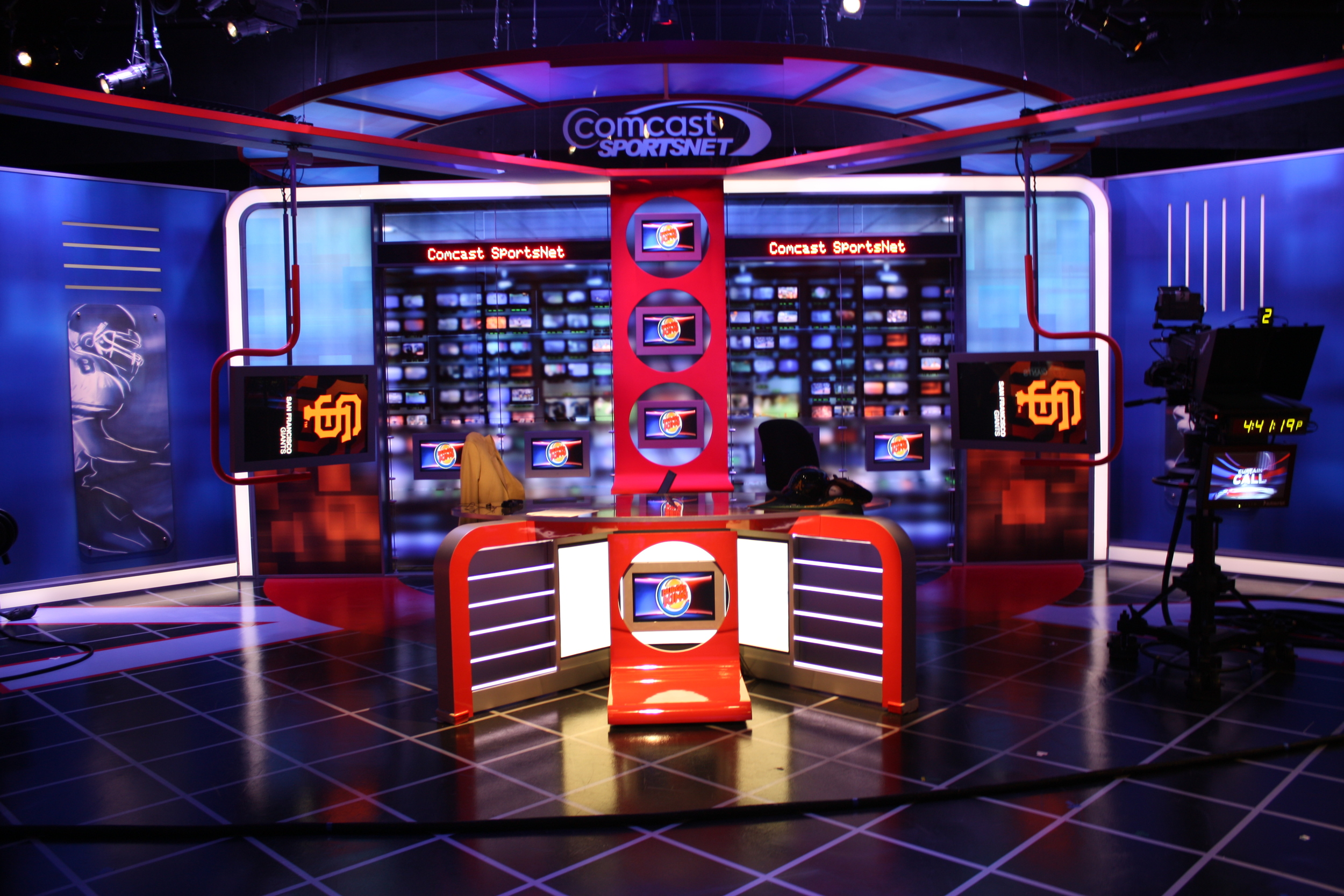
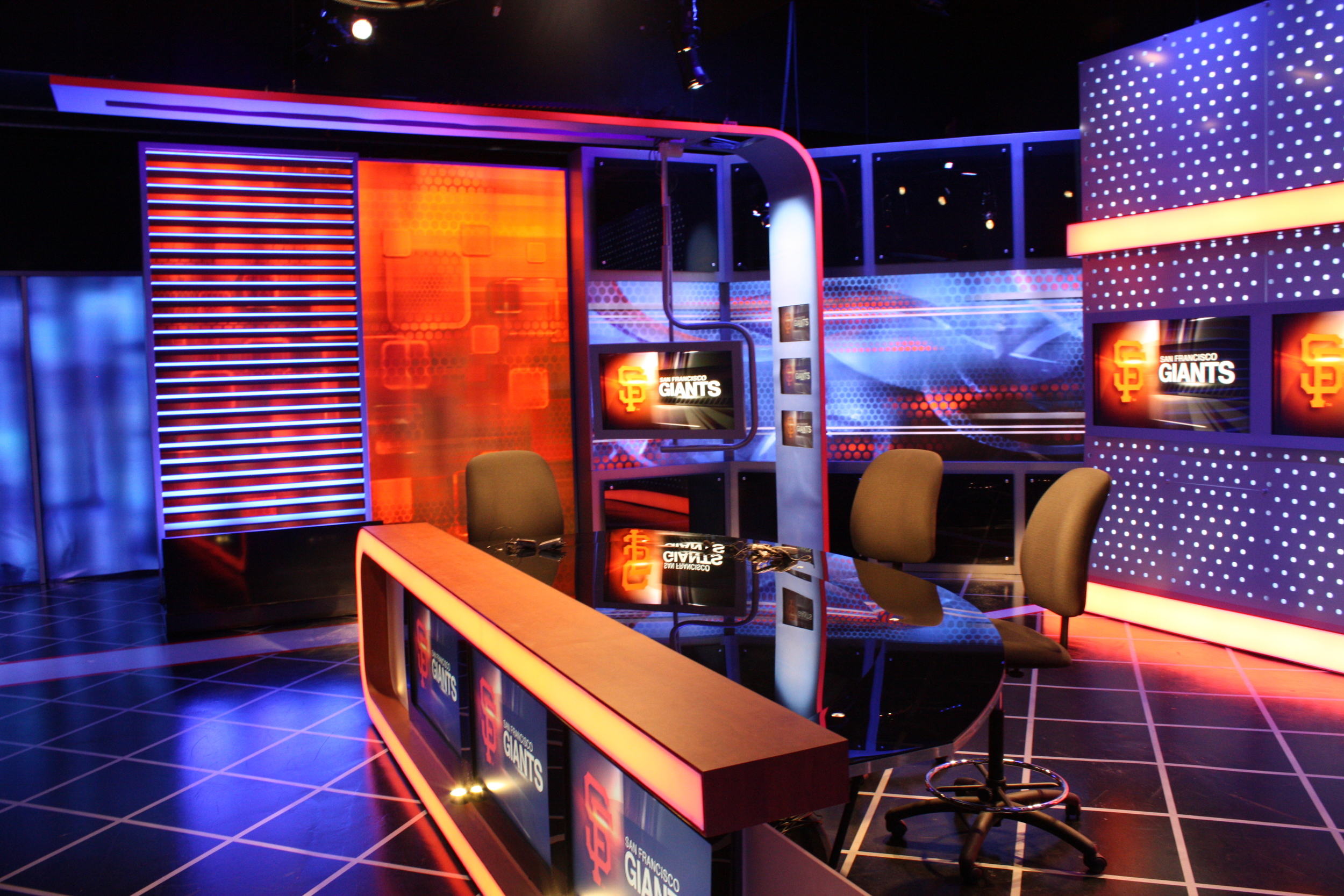

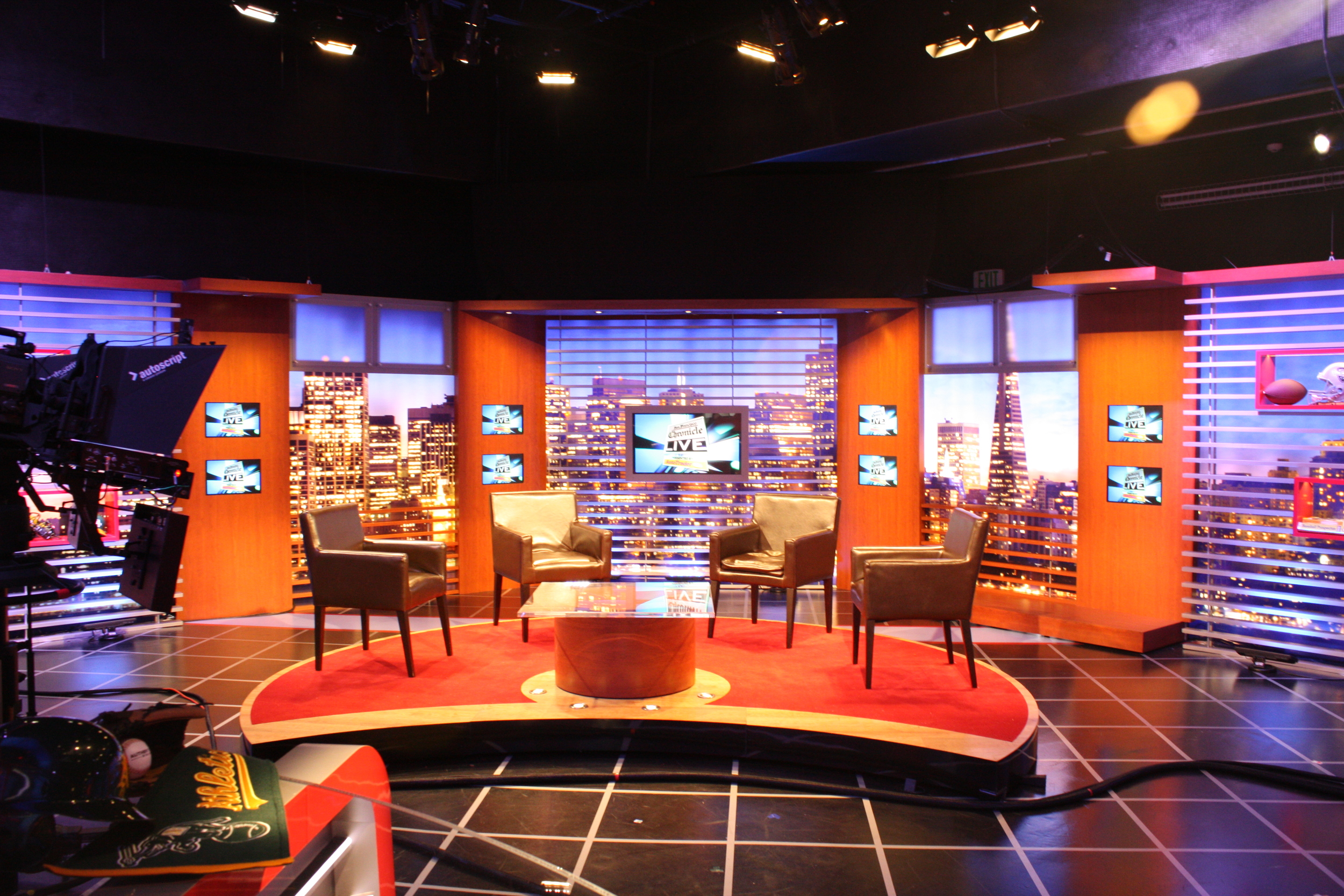
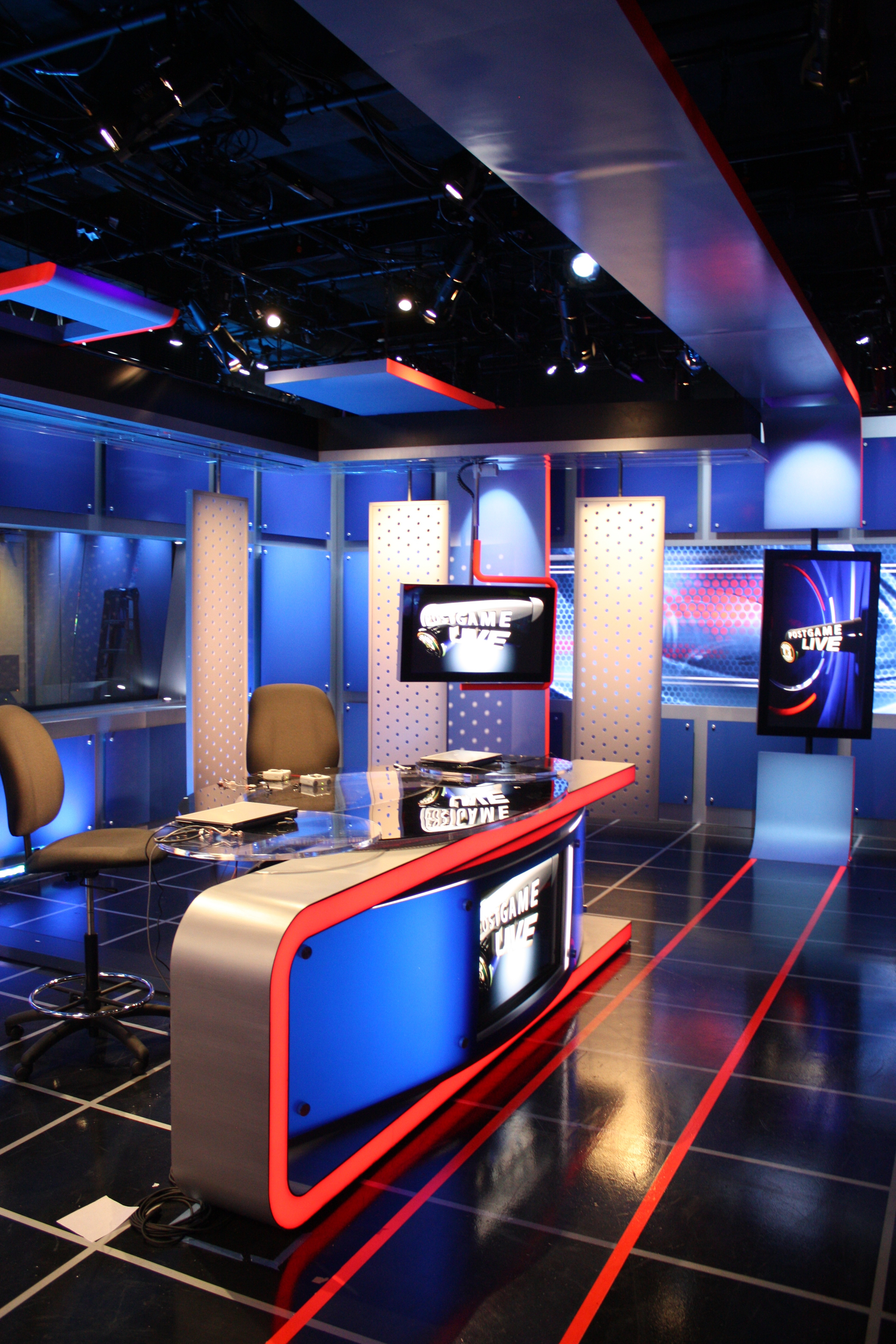
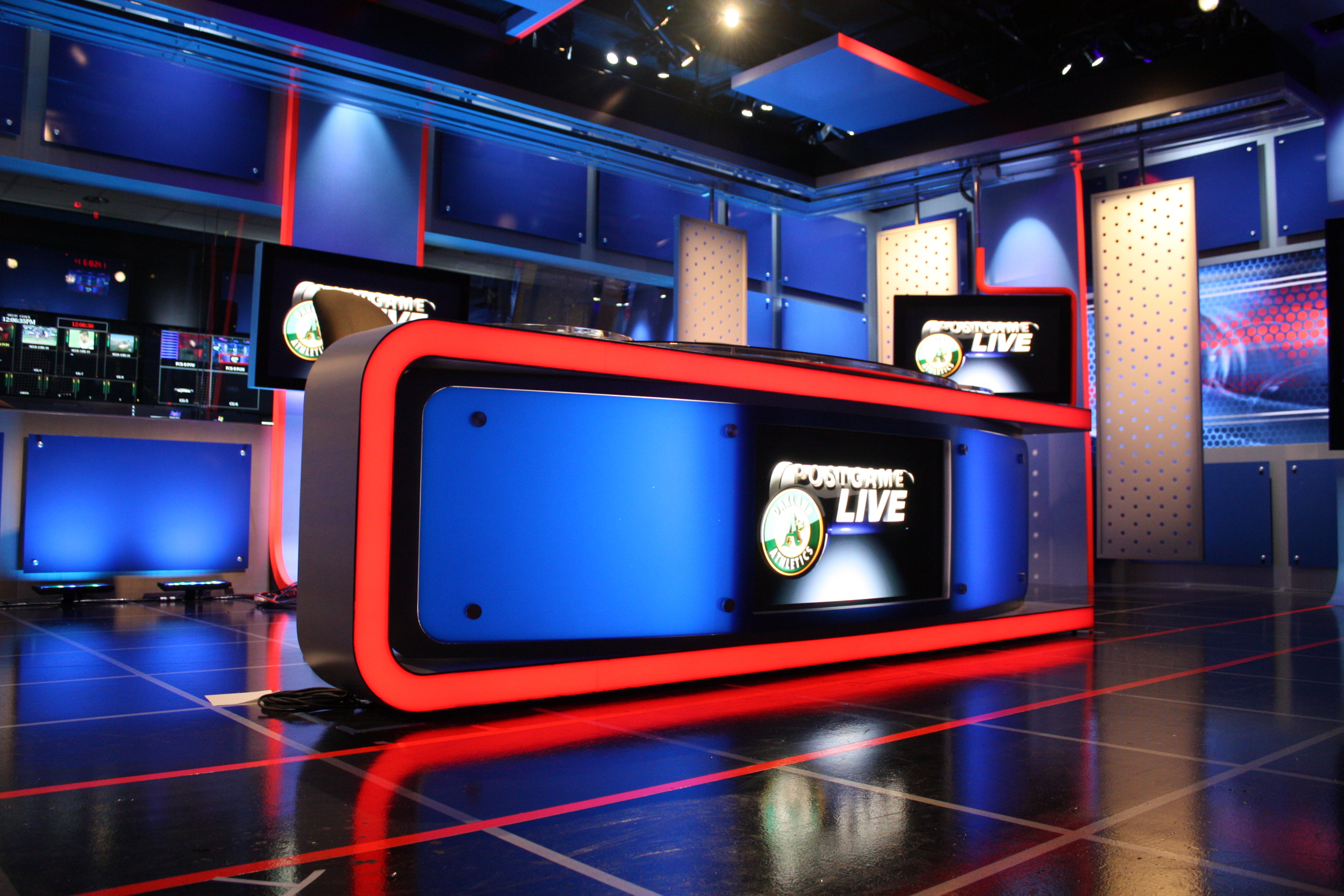
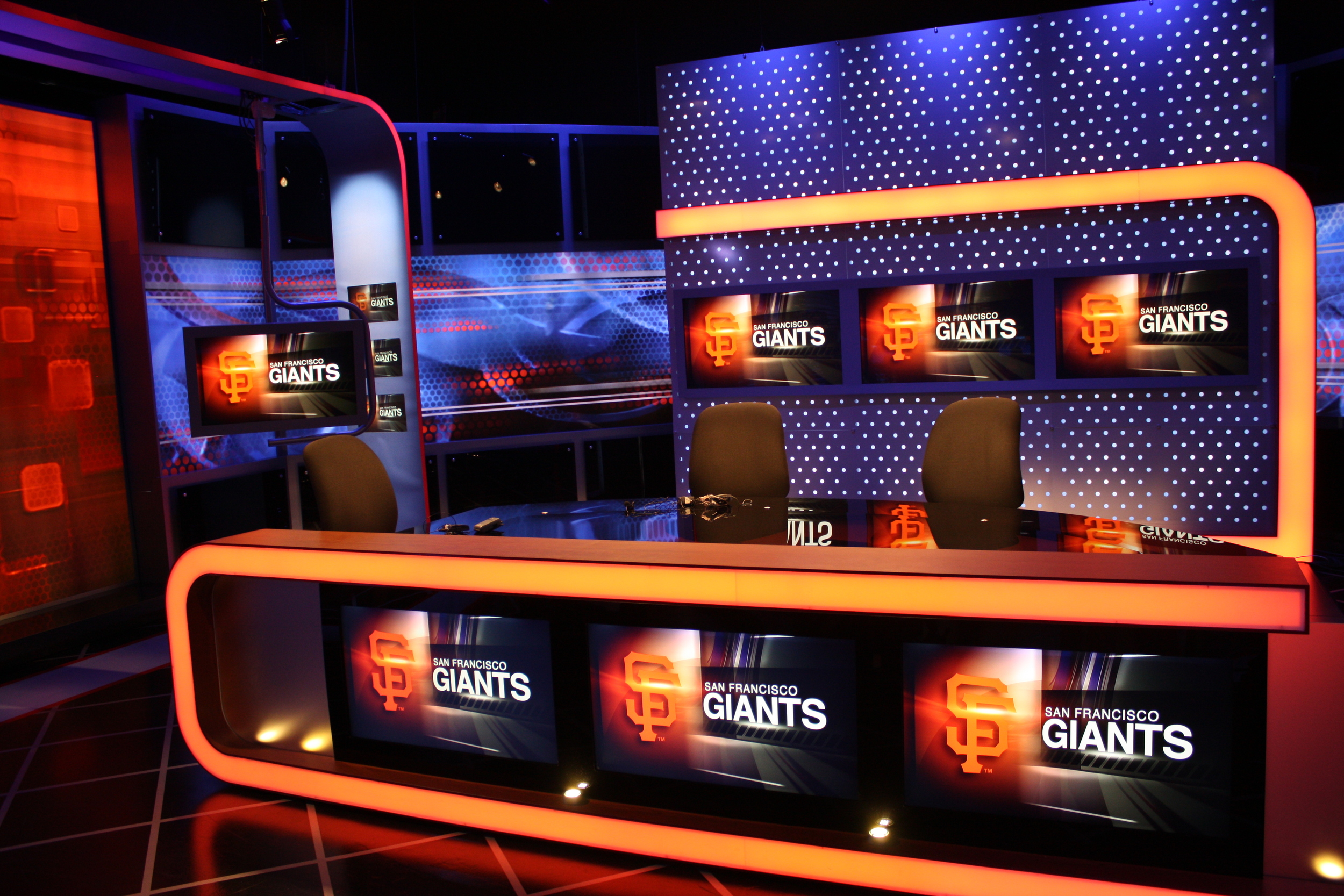
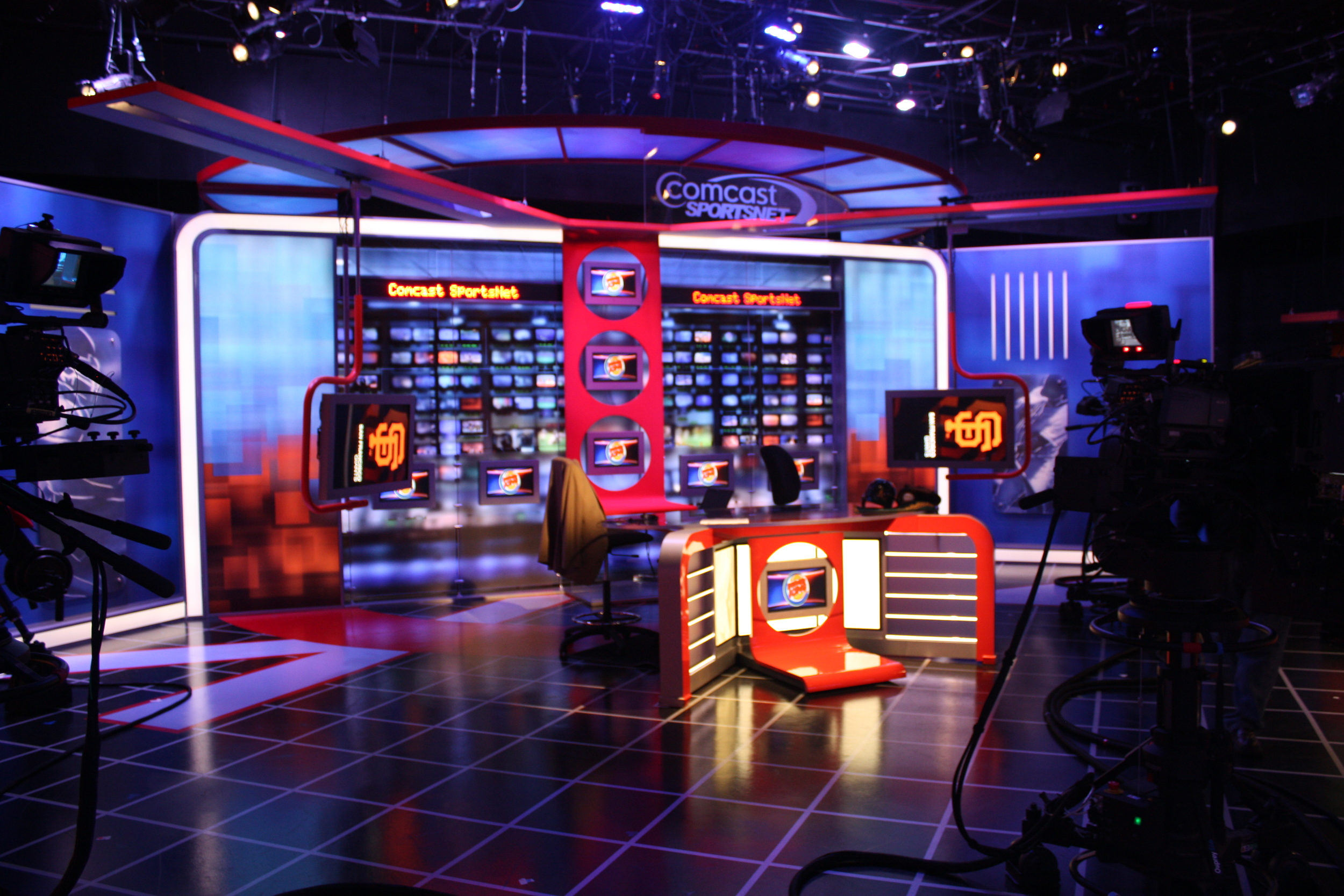
Case Study
After 24 months of substantial investment, reinvention and construction, Comcast SportsNet now operates two regional sports networks that serve as the home of the Giants, Athletics, Sharks, Warriors, and Kings, and deliver a full slate of original local sports news, debate, and analysis. To accomplish this goal, Comcast SportsNet built from scratch a multi-studio newsroom and production facility to serve as the new hub of Northern California sports. To create a world-class facility that was respectful of the environment and some unique seismic considerations, Comcast SportsNet partnered with Ferri Lighting Design & Associates (FLDA).
“Our goal in constructing these new studios was to create the best viewing experience for our viewers while taking advantage of the latest environmentally friendly technology and getting around some earthquake codes we had not encountered in our other markets,” said Comcast Sports Group Senior vice President of Creative Services April Carty. “We partnered with FDLA on the lighting design for our new Northern California studios because of their ability to creatively help us meet this goal.”
FLDA helped Comcast SportsNet fulfill its desire to use the latest technology to minimize the facility’s environmental footprint while complying with strict seismic regulations unique to the Bay Area that restricted the amount of power available to the studios. Studio projects in California face tough but necessary earthquake codes. Both of the Comcast SportsNet studios needed to each run fully off a generator in the case of a power outage. The power available for Studio A, which handles the sports reporting for the San Francisco market, was capped at 288 amps and Studio B, handling the Sacramento market, topped out at 100 amps for all lighting, including scenery and lightboxes. But FLDA was able to assist Comcast SportsNet by helping create a vibrant, flexible studio that would stand out anywhere. “We have been lighting studios across the country for Comcast SportsNet,” says Lighting Designer Bruce Ferri, Principal of FLDA. “But these studios were the first with these unique power restrictions. I love a challenge, and I knew this was going to be a tough one but I was looking forward to finding the right solution.”
Power limitations did not alter Comcast SportsNet’s goal of offering their audiences exciting and varied programming by using the studios in as flexible a manner as possible. In Studio A, Ferri had to light three sets with a total of 10 seated talent positions and four stand ups, all coming in under 288 amps. Studio B was designed with four seated talent positions, one stand up area and one Ultimatte green screen space all with 100 amps of total power. If these studios had been lit conventionally, Studio A would have a power draw of 1,000 amps and Studio B around 400 amps. Ferri assembled a strong team to help him on this project, working closely with FLDA Associate LD Mick Smith, Assistant LD Ben Pilat, and Assistant as well as Gaffer Ed McEneney. Local crewing was supplied by Dan Knight of Knight Vision.
For the keylighting in the Comcast SportsNet Studios, Ferri used ETC Source Four ellipsoidals, but lamped down to 375-watts from the normal 575- or 750-watts. The set was lit with a combination of Source Four jr. ellipsoidals with 70-watt HID lamps and LED washlights. “We knew we didn’t need to avoid the right tool just because of the low power cap,” says Ferri. “We were able to get the right amount of light even with the lower wattage in the keylights.” Smith agrees, adding, “Using ellipsoidals is one of our signatures; it gives us a lot of control we would not get with LED or CFL fixtures as keylights, and also avoids undesirable effects on the background and monitors. Then for backlighting, we used Philips/Color Kinetics iWhite LEDs.”
The set consisted of backlit graphics, monitors and a lot of reflective surfaces. Designer Andre Durette of Jack Morton PDG handled the production design for the studios and the scenery was built by the scene shop Blackwalnut. The main set has three large plasma monitors. For the backlit graphics, Blackwalnut used Philips/CK iCove White with Bak Pak®; individual IGBT dimmers from Entertainment Technology. “For washlights on the set, I went with Philips/CK ColorBlast 12s,” says Ferri. “I lit the Plexiglas® panels that were treated with Wildfire ultraviolet (UV) paint, with Chauvet LED Shadow with UV LEDs. I have not found the LED blacklights are as effective as traditional discharge blacklights, but they do draw less power.” The UV paint combined with the LED blacklights makes the set pieces and interesting materials like the monitor mounts pop in the background.
In Comcast SportsNet studio B, the glass windows of the control room serve as the backdrop to covey the energy and excitement of live sports television. “Since the predominant background is the control room and it is quite close, we went in and lit it as well,” explains Smith. “We took birdies and used an LED alternative to the standard 75W MR16 lamps. We were able to scissor clip to the ceiling and light the walls and light some scenery panels to give the background some depth. At the same time, we were able to tuck them in and around electronics and behind monitors where normally putting an incandescent lamp would be absolutely out of the question because of the heat. In this case the LEDs were 10W so that wasn’t an issue.”
Another innovative use of LEDs are those in the set. “There are color-changing LEDs built into the front of the desk,” says Smith. “Because the way these studios work is that they cover so many teams in the area—Giants, Athletics, Sharks, Kings, Warriors, etc—Comcast SportsNet can set LED colors to match team colors and help localize the coverage. This was another thing that we could set up with the macros on the lighting controller. Working with the executives from Comcast SportsNet, we would dial in the right team color, save that into a button and then between shows they can switch colors. If they are covering the Athletics, the LEDs go to green or if it’s the Giants, it goes orange.”
Control is handled day-to-day by a single studio technician that is multi-tasking, controlling the lighting and also dealing with video, robotic camera controls and other technical aspects for broadcast. “For control, we went with an Electronic Theatre Controls Ion console, which controls both studios,” says McEneney. “We used macros and submasters to keep the control of the two studios very separate so there are no accidents of someone controlling the wrong studios lights.” Ferri believes that “they took a fairly complex lighting challenge and simplified the control for a non-lighting person.” Control is easily dealt with through the use of multi-function macros. If they need to change the lighting levels for one of the talent positions, the technician uses a mouse to grab that position and has macro functions to raise or lower the light levels by 10 percent. It is all laid out for a simple and straightforward operation.
ETCNet is around the studio for a control network and the dimmers are Electronics Diversified four-by-600-watt SCRimmer Stiks that were plugged into hot power on the lighting grid. “The SCRimmer Stiks were for the 375-watt Source Fours,” comments McEneney. “We used DMX relays from Doug Fleenor Design to control the lightboxes and the HID Source Fours. We did not want them to have to use breakers to control the lights, which many studios still do. Here we have one convenient control location that anyone can easily handle.”
Smith feels that FLDA met the challenges successfully. “We achieved our goal, which was to have great control of the lights and really be able to highlight the talent and the scenery without flooding light everywhere,” he says. “This is especially true in a smaller space like this. The lower wattage fixtures worked out really well.” In the end, the full lighting look in Studio A meters at 195-amps and 85-amps for Studio B. “The power draw in both studios was well under the original power budget,” says Ferri.
McEneney adds, “when it comes to utilizing green technology in television, Bruce’s results look great and the power savings are significant. With Bruce, one consideration doesn't have to compromise the other.” Ferri feels that even with the lower wattages and the wide use of LEDs that a thoughtful design can result in a strong programming look. “We can make the talent look great as well as making the scenery look great,” says Ferri. “I was pleased with how we were able to add a lot of sparkle, but with no spill. The scenery should be able to become a character in the picture when lit to its best advantage not a distraction.”
FLDA’s design met the Comcast SportsNet goals they all worked towards achieving with smart and green answers without compromising on the visual aesthetic; in fact both studios take advantage of the visual impact of today’s most efficient technologies. “We are very pleased that Bruce and his team were able to bring about very dynamic results in both studios,” comments Carty-Sipp. “Together, we did not let power limits compromise the look and feel of our programming. In fact FLDA worked with the environmentally conscious framework we established from the start of this process. These days it is very important for us to deliver vibrant programming for our viewers and find new ways to lessen our environmental impact.”
Energy Efficiency in Lighting Design for Television
Comcast SportsNet Bay Area
FLDA has a proven track record of drastically lowering the power requirements in broadcast studios without compromising the on-air look but rather offering a fresh, clean approach to the lighting design.
Comcast SportsNet operates two regional sports networks that serve as the home of the Giants, Athletics, Sharks, Warriors,
and Kings, and deliver a full slate of original local sports news, debate, and analysis. To accomplish this goal, Comcast SportsNet built from scratch a multi-studio newsroom and production facility to serve as the new hub of Northern California sports. To create a world-class facility that was respectful of the environment and some unique seismic considerations, Comcast SportsNet partnered with Ferri Lighting Design & Associates (FLDA).
Design Criteria
- Compliance to California\'s strict seismic codes restricting available power
- Both studios must be able to be run off of a backup generator in the event of a power outage
- Client wanted to use the latest technologies to minimize environmental impact
- Must look like all other Comcast SportsNet studios in all other regions
The Comcast SportsNet Look
- Same scenic design throughout all studios in all regions
- Talent lit with ellipsoidal lighting units
- Ultraviolet (blacklight) units are used on set for effects
- Fluorescent light boxes used on set
The Comcast SportsNet Sets
- Regional sports news
- Regional sports talk show
- Regional Post Game Live
The goal was to maintain a consistent look with the other Comcast SportsNet studios meant that an all LED lighting approach could not be used.
Tools used for the Bay Area: Studio A
- Conventional ellipsoidals lamped down to 375-watts
- Dimmed with local dimmer bars
- 70-watt HID ellipsoidals used for lighting scenery
- White LED washlights used for wash- and backlighting
- RGB LED cove lights with local individual dimmers used for lightboxes
Power usage comparison with all sets live
- Comcast Mid-Atlantic with Conventional Lighting
- 630 Amps (Actual Load)
- .20 Amps/Square Foot
Comcast Bay Area with Energy Efficient Lighting
- 188 Amps
- .07 Amps/Square Foot
Lighting Equipment Cost Comparison*
- Comcast Mid-Atlantic - $177,000
- Comcast Bay Area - $136,550
* Does not include installation labor
The Comcast SportsNet Bay Area studios show that energy efficiencies can be achieved today by combining several existing technologies, and exploiting their strengths.

